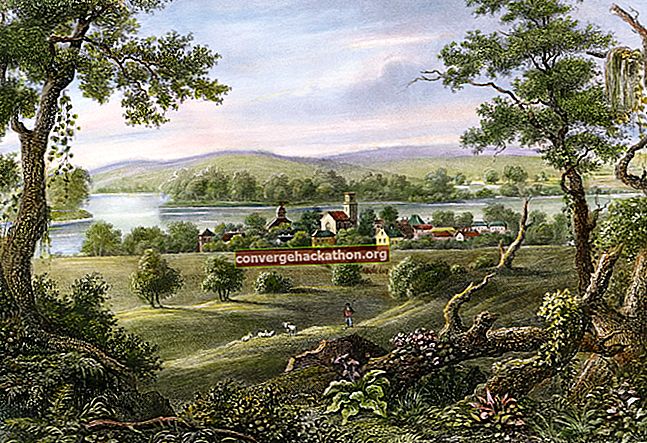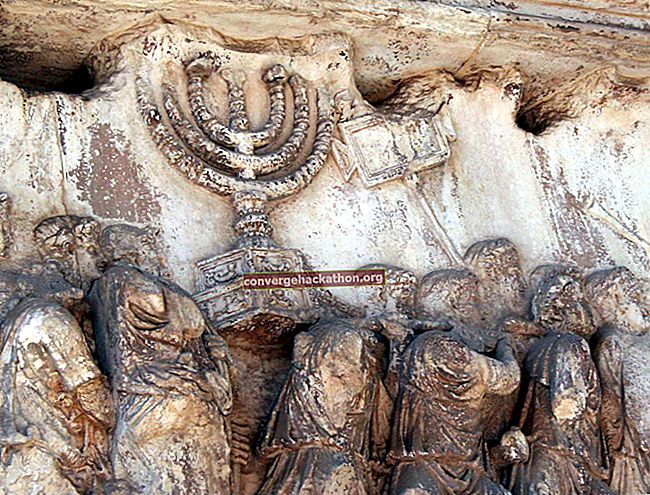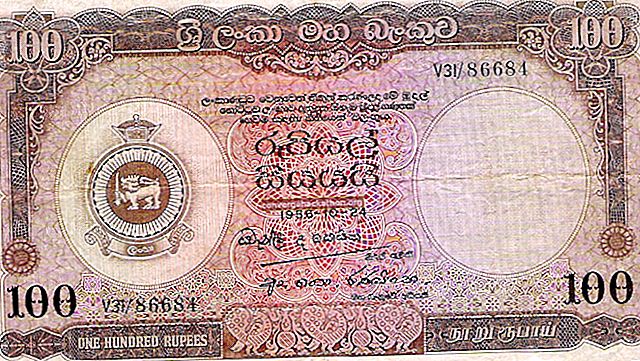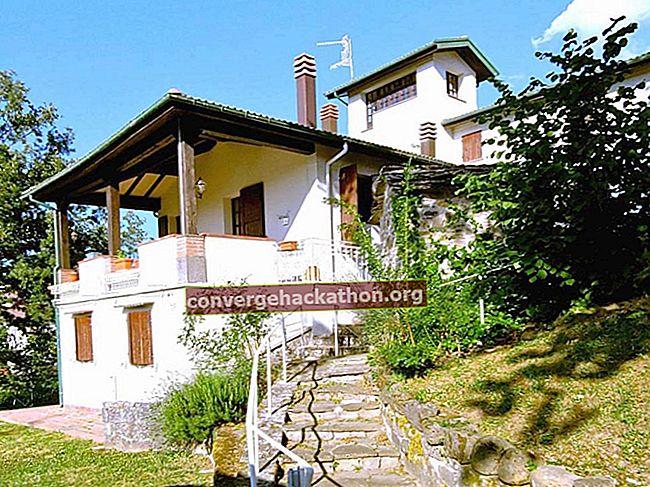Congé d’élire, English permission to elect, formal message conveying the English sovereign’s permission for the dean and chapter of the cathedral of a vacant bishopric to proceed in regular chapter to a new election. Before the Norman Conquest (1066) it was the king’s prerogative to appoint bishops to vacant sees. This came to be contested by the popes, though the sovereign usually was able to secure the appointment of his nominees.
The appointment of bishops was vested in the crown by the Annates’ Statute (1534) of Henry VIII. The statute provided that when the king’s congé d’élire was sent to the dean and chapter, a letter missive accompanied it in which was given the name of the person to be elected. In the event of a delay of 12 days to elect, the king might appoint to the see by letters patent; if, however, the dean and chapter delayed more than 20 days to elect in accordance with the letter missive, penalties of praemunire came into effect, which allowed the crown to punish the inactive clergy. Another act was passed in 1547 providing for nomination by letters patent in all cases, but this was repealed under Mary Tudor. The act of 1534, reinstated by the Act of Supremacy in 1559, has operated in the Church of England since that time except that praemunire was repealed in 1967.









